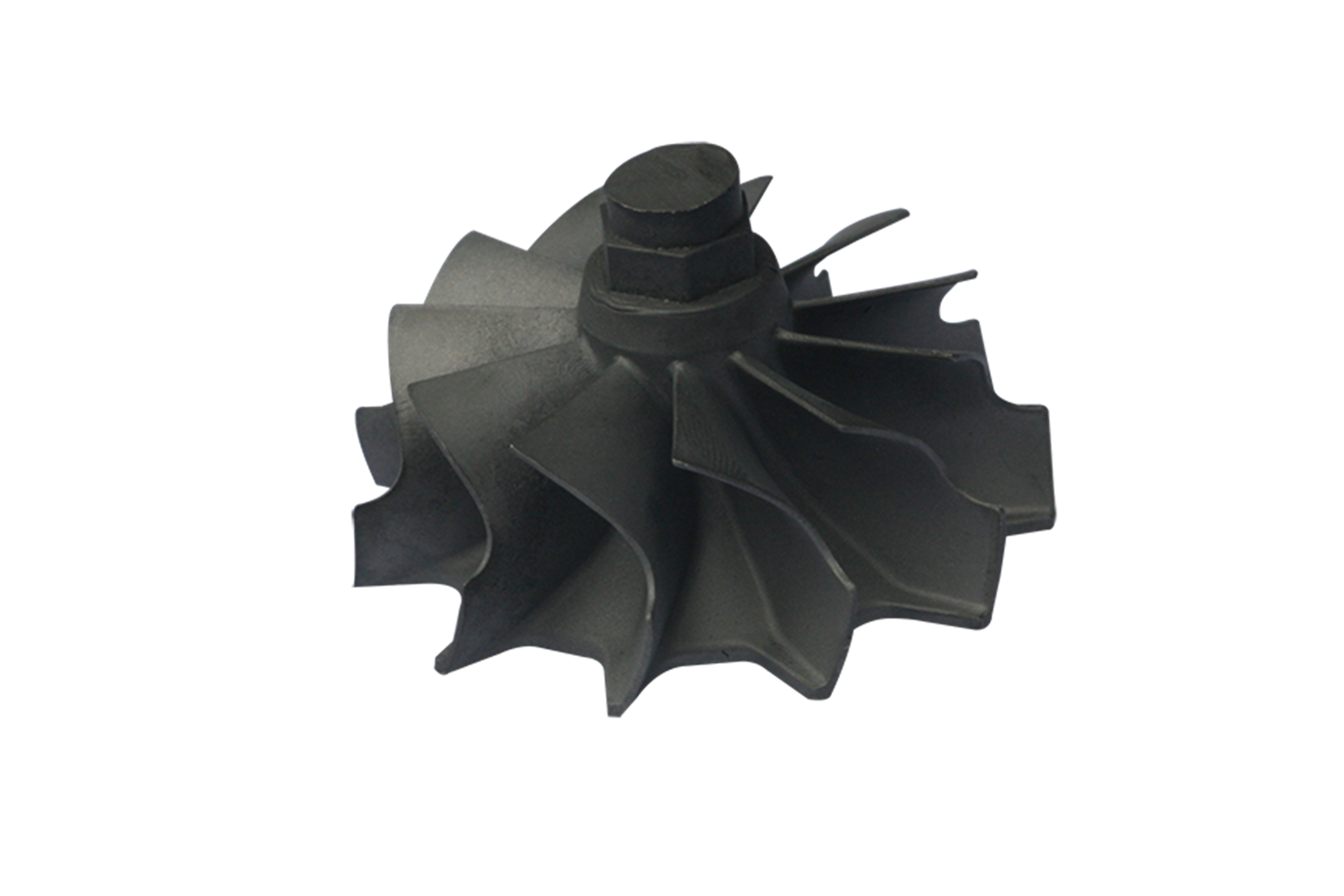Single Crystal Casting IN713LC Turbine Components
Introduction
Single crystal casting of IN713LC nickel-based superalloy delivers aerospace turbine components characterized by exceptional dimensional precision (±0.02 mm) and superior creep resistance. Components produced through precise directional solidification offer operational reliability at temperatures up to 980°C.
At Neway AeroTech, advanced single crystal casting technologies eliminate grain boundaries, significantly enhancing fatigue strength (>120,000 cycles), thermal stability, and performance consistency for critical aerospace and industrial gas turbine applications.
Core Technology of IN713LC Single Crystal Casting
Pattern and Mold Creation: Injection molding creates precise wax patterns, accurately replicating complex turbine component geometries within ±0.02 mm tolerances.
Ceramic Shell Mold Formation: Multiple ceramic layers (~6–8) applied to wax patterns, forming durable molds capable of withstanding casting temperatures around 1450°C.
Wax Removal (Dewaxing): Autoclave dewaxing process at approximately 150°C ensures complete wax elimination without damaging ceramic mold integrity or dimensional accuracy.
High-Temperature Mold Firing: Ceramic shells fired at ~1000°C to achieve robust mechanical strength, dimensional stability, and impurity removal prior to casting.
Vacuum Melting of IN713LC Alloy: The alloy is melted under vacuum conditions (10⁻³ Pa) at ~1450°C, ensuring purity, homogeneity, and precise chemical composition.
Controlled Single Crystal Solidification: Precisely controlled directional solidification yields defect-free single crystal structures aligned with operational stress axes, eliminating grain boundaries completely.
Ceramic Mold Removal: Mechanical and chemical removal techniques gently eliminate ceramic shells, preserving critical single crystal structures and surface accuracy (Ra ≤1.6 μm).
Post-casting Heat Treatments: Components undergo hot isostatic pressing (HIP) at ~1150°C and 150 MPa, followed by solution and aging treatments, significantly enhancing mechanical properties.
Material Characteristics of IN713LC Alloy
IN713LC offers key advantages for turbine components:
Maximum Operating Temperature: up to ~982°C (1800°F)
Ultimate Tensile Strength (UTS): ≥1034 MPa at ambient temperature
Yield Strength: ≥862 MPa
Elongation: ≥5%
Creep Resistance: Maintains ≥200 MPa after 1000 hours at 760°C
Oxidation and Corrosion Resistance: Exceptional performance under continuous high-temperature service conditions
Case Study: IN713LC Single Crystal Turbine Components
Project Background
A prominent aerospace turbine manufacturer partnered with Neway AeroTech to produce high-performance single crystal IN713LC turbine components, targeting improved thermal efficiency, reduced maintenance intervals, and enhanced reliability in commercial aviation engines.
Common Turbine Models Using IN713LC Single Crystal Components
General Electric GE9X: Commercial aircraft engines requiring high-strength, thermally resistant single crystal turbine blades for optimized fuel efficiency.
Rolls-Royce Trent XWB: Advanced turbine systems employing single crystal blades, enhancing durability, and performance at temperatures exceeding 950°C.
Pratt & Whitney GTF Series: Engines benefiting from single crystal blade structures to improve operational longevity and reduce fuel consumption.
Siemens SGT-800 Gas Turbines: Industrial turbines utilizing single crystal components for prolonged operational stability at high temperatures in continuous service environments.
Structural Features of IN713LC Single Crystal Turbine Components
Single Crystal Microstructure: Eliminates grain boundaries entirely, enhancing fatigue strength and creep performance.
Complex Internal Cooling Channels: Integrated cooling features fabricated using precision Electrical Discharge Machining (EDM).
Thin-wall Profiles: Blade thicknesses down to 0.8 mm enhance thermal efficiency and reduce rotational inertia.
Precision Surface Finish: Achieved through advanced CNC machining, ensuring accuracy within ±0.02 mm tolerance.
Turbine Component Manufacturing Solution
Precision Wax Pattern Development: Highly accurate wax patterns precisely replicate turbine component geometries for dimensional consistency.
Ceramic Mold Fabrication: Robust ceramic shells created through precise slurry coating methods, capable of withstanding extreme casting conditions.
Vacuum Investment Casting: State-of-the-art vacuum casting ensures high-purity alloy melts and defect-free castings.
Single Crystal Directional Solidification: Controlled solidification techniques eliminate grain boundaries, significantly improving mechanical and thermal performance.
Hot Isostatic Pressing and Heat Treatments: HIP process at ~1150°C removes microporosity; subsequent heat treatments optimize strength and structural integrity.
CNC Machining of Aerodynamic Profiles: Advanced 5-axis CNC precision machining ensures critical aerodynamic and dimensional accuracy for optimal turbine performance.
Internal Channel EDM Processing: Sophisticated EDM operations form intricate cooling pathways, managing extreme thermal gradients within turbine blades.
Comprehensive Quality Assurance: Rigorous inspection using X-ray, CMM, and ultrasonic testing verifies defect-free quality.
Core Manufacturing Challenges of IN713LC Components
Achieving defect-free single crystal structures consistently.
Precise directional solidification aligned with operational stress axes.
Maintaining dimensional tolerances of ±0.02 mm across complex geometries.
Eliminating internal microporosity and inclusions.
Results and Verification
Single crystal integrity verified, exhibiting zero grain boundaries through advanced metallographic inspections.
X-ray and ultrasonic non-destructive tests confirmed components free of internal defects, meeting stringent aerospace standards.
Mechanical testing confirmed tensile strengths consistently exceeding 1034 MPa at ambient temperatures.
Fatigue tests demonstrated component reliability exceeding 120,000 cycles at elevated operating temperatures.
FAQs
What are the advantages of using single crystal IN713LC turbine components?
Which aerospace engines commonly use IN713LC single crystal turbine blades?
How does Neway AeroTech ensure defect-free single crystal turbine components?
What types of inspections guarantee the quality of single crystal turbine parts?
What dimensional tolerances are achievable with single crystal casting processes?

